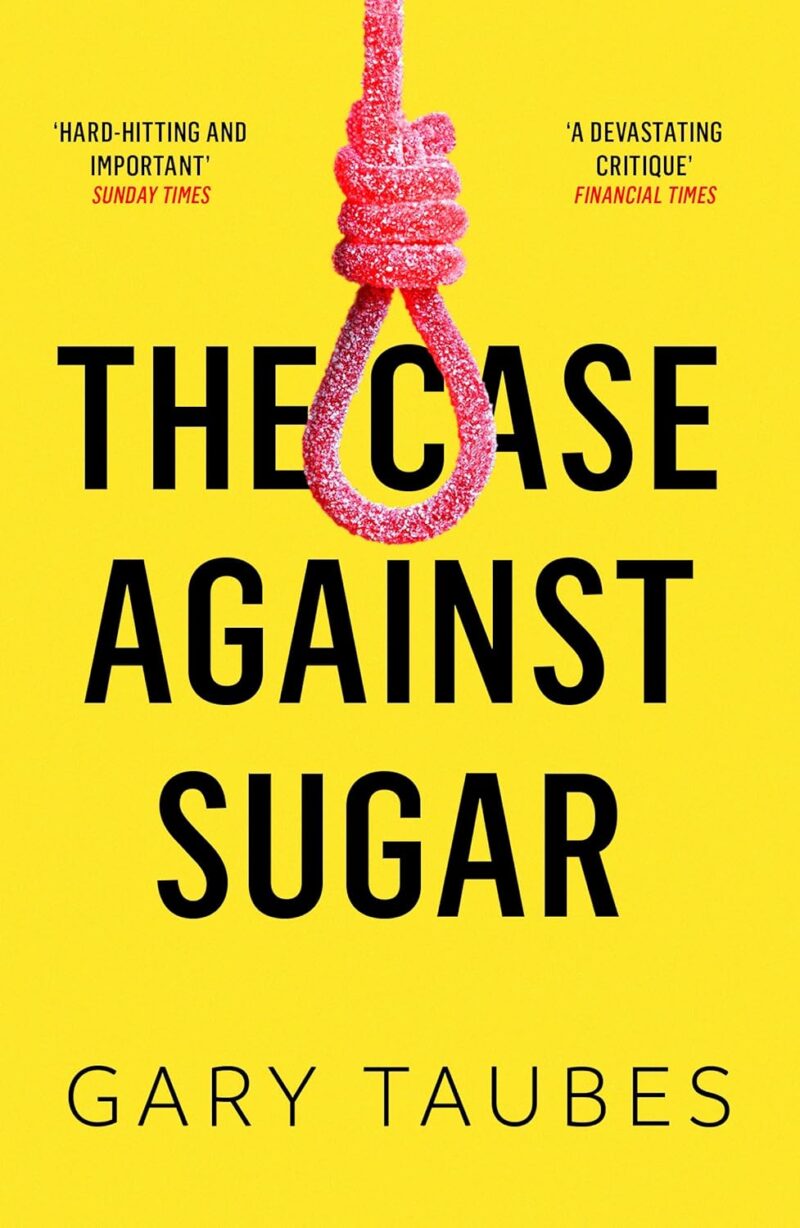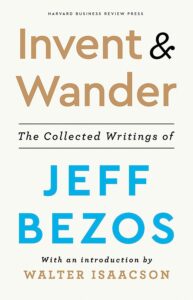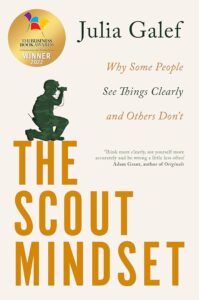Unmasking Sugar: A Historical and Health Perspective
"The Case Against Sugar" delves into sugar's history, health impacts, and controversies, urging readers to reconsider their dietary choices.
Subjects: Health
In today’s health-conscious world, the debate over sugar’s role in our diets is more heated than ever. The Case against Sugar appears to be a comprehensive exploration of sugar’s history, its impact on health, and the controversies surrounding it, offers a deep dive into this contentious topic.
Introduction and Overview
The Case against Sugar begins with a poignant dedication: “To Gaby, for keeping the family together,” setting a personal tone that resonates throughout. It then presents two contrasting quotes, one from The New York Times in 1857, warning of the dangers of excessive sugar consumption, and another from George Osborne in 2016, emphasizing the need for action against sugary drinks. These quotes serve as a testament to the long-standing debate on sugar and its health implications.
Historical Context
The book delves into the history of sugar consumption, tracing back to the first ten thousand years. It highlights the marriage of tobacco and sugar, suggesting a symbiotic relationship between the two industries. This historical perspective is crucial, as it provides context for understanding modern-day sugar consumption patterns and their implications.
Quotes and Excerpts
Throughout the book, various quotes and excerpts stand out, offering insights into sugar’s impact on health and society:
1. “We are, beyond question, the greatest sugar-consumers in the world, and many of our diseases may be attributed to too free a use of sweet food.” – The New York Times, May 22, 1857
2. “I am not prepared to look back at my time here in this Parliament, doing this job, and say to my children’s generation: I’m sorry, we knew there was a problem with sugary drinks, we knew it caused disease, but we ducked the difficult decisions and we did nothing.” – George Osborne, U.K. chancellor of the exchequer, 2016
3. “Glucose, Sucrose and Lactose in the Diet and Blood Lipids in Man.” – A study mentioned in the book, emphasizing the direct correlation between sugar intake and blood lipid levels.
Real-life Examples
The Case against Sugar references various real-life examples, such as the American Diabetes Association’s statistics on diabetes, highlighting the alarming rise in diabetes cases and its potential link to sugar consumption. Another notable mention is the American Heart Association’s report from 1961 on dietary fat and its relation to heart attacks and strokes, suggesting a potential connection between sugar, fat, and cardiovascular diseases.
Controversies and Debates
A significant portion of the book is dedicated to the controversies surrounding sugar. It delves into the early (bad) science that attempted to understand sugar’s role in health and the subsequent defense of sugar by various industries and organizations. The “If/Then Problem” chapters seem to explore the complexities of determining causality between sugar consumption and health issues.
Conclusion: Why This Book Matters
In a world where sugar is omnipresent, understanding its history, implications, and the debates surrounding it is crucial. The Case against Sugar offers a comprehensive look into all these aspects, making it an essential read for anyone interested in health, nutrition, and the societal impacts of dietary choices.
For those looking to make informed decisions about their sugar consumption, this book provides a wealth of information. Its blend of historical context, scientific research, and real-life implications makes it both informative and engaging.




